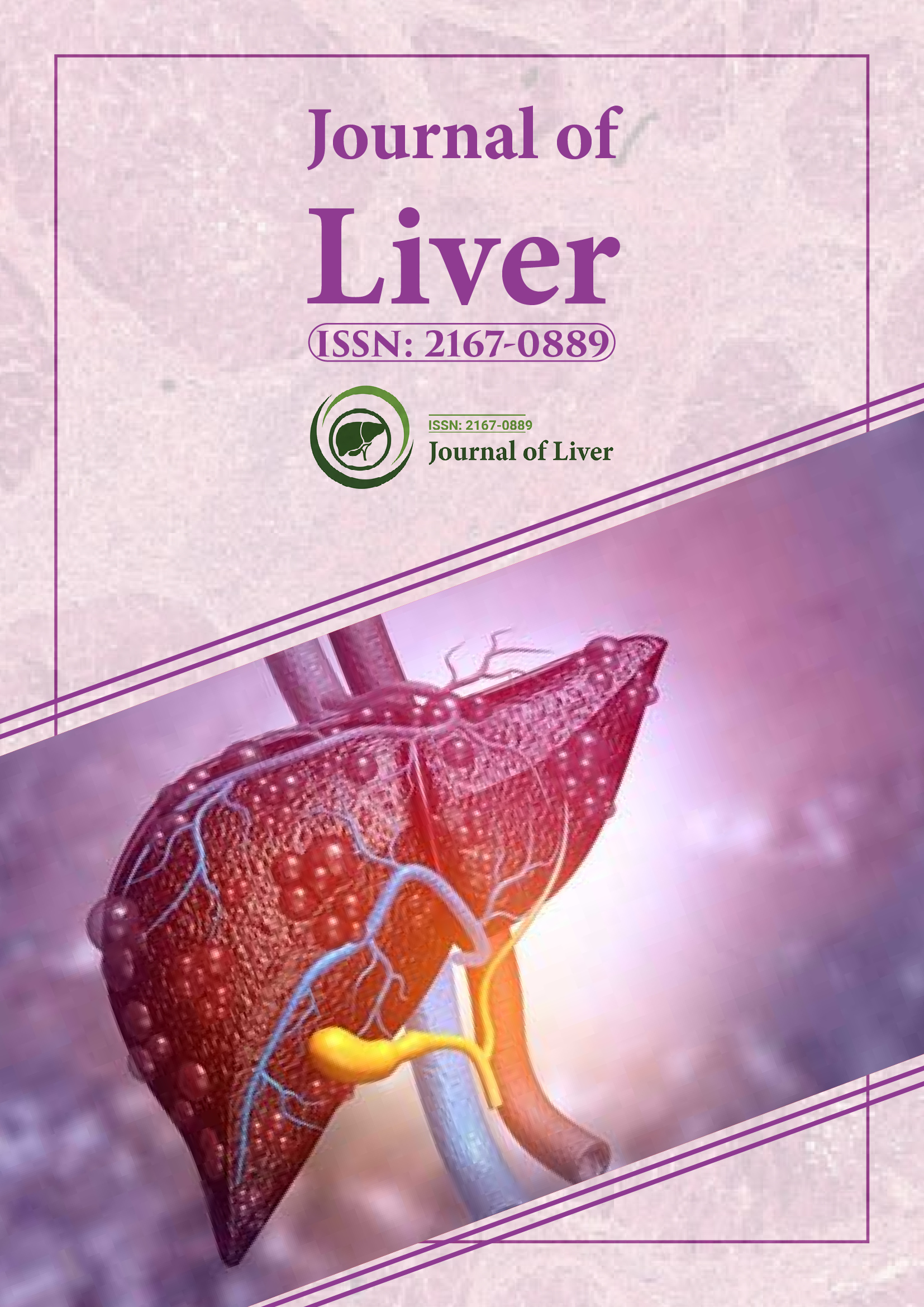Indexed In
- Open J Gate
- Genamics JournalSeek
- Academic Keys
- RefSeek
- Hamdard University
- EBSCO A-Z
- OCLC- WorldCat
- Publons
- Geneva Foundation for Medical Education and Research
- Google Scholar
Useful Links
Share This Page
Journal Flyer

Open Access Journals
- Agri and Aquaculture
- Biochemistry
- Bioinformatics & Systems Biology
- Business & Management
- Chemistry
- Clinical Sciences
- Engineering
- Food & Nutrition
- General Science
- Genetics & Molecular Biology
- Immunology & Microbiology
- Medical Sciences
- Neuroscience & Psychology
- Nursing & Health Care
- Pharmaceutical Sciences
Perspective - (2024) Volume 13, Issue 3
Gallstone Distress: Recognizing Symptoms and Preventing Complications
Howard Eise*Received: 26-Aug-2024, Manuscript No. JLR-24-28333; Editor assigned: 28-Aug-2024, Pre QC No. JLR-24-28333 (PQ); Reviewed: 11-Sep-2024, QC No. JLR-24-28333; Revised: 18-Sep-2024, Manuscript No. JLR-24-28333 (R); Published: 26-Sep-2024, DOI: 10.35248/2167-0889.24.13.234
Description
The gallbladder, a small pear-shaped organ located just beneath the liver, plays a significant role in digestion by storing bile, which helps break down fats in the small intestine. However, when gallstones form inside the gallbladder, they can disrupt its function and cause a variety of distressing symptoms. Gallstones are hardened deposits of bile and although many people with gallstones experience no symptoms, others suffer from intense discomfort, sometimes leading to serious complications. Understanding the signs of gallstone distress is vital for early detection and intervention, potentially preventing severe consequences such as infections or even gallbladder rupture.
Gallstones are solid particles that form within the gallbladder. These stones vary in size, from tiny grains to large, golf ball-sized masses. They are primarily composed of cholesterol or bilirubin, a substance produced by the liver. Gallstones may develop when there is an imbalance in the substances that make up bile, such as excessive cholesterol or a lack of bile salts. While some people may have gallstones for years without experiencing symptoms, others may encounter episodes of pain or other alarming signs.
The most frequent signs of gallstone distress occur when these stones block the bile ducts, leading to inflammation or infection. Understanding these symptoms is potential in identifying potential gallbladder issues early on.
The characteristic symptom of gallstone distress is intense, sudden abdominal pain known as biliary colic. This pain typically occurs in the upper right abdomen and can radiate to the back or right shoulder. It is often triggered by eating a large or fatty meal, as this stimulates the gallbladder to release bile. The pain may come in waves and can last from a few minutes to several hours. While some individuals experience pain that resolves on its own, others may require medical intervention.
Along with abdominal pain, nausea and vomiting are common symptoms of gallstone distress. These symptoms usually arise when a gallstone obstructs the bile duct, causing a build-up of bile in the gallbladder. This blockage can lead to nausea, often accompanied by vomiting, as the body attempts to alleviate the pressure caused by the obstruction.
Many individuals with gallstones experience digestive discomfort, particularly after consuming fatty or greasy foods. Indigestion, bloating and a sensation of fullness in the upper abdomen are common signs that the gallbladder is struggling to perform its function of bile secretion. These symptoms often worsen after meals, as the gallbladder attempts to release bile to aid digestion but is unable to do so effectively due to the presence of stones.
Jaundice, characterized by the yellowing of the skin and the whites of the eyes, occurs when a gallstone blocks the bile duct, leading to a build-up of bilirubin in the bloodstream. Bilirubin is a waste product that the liver normally processes and excretes in bile. When the flow of bile is obstructed, bilirubin accumulates in the body, resulting in jaundice. If left untreated, jaundice can lead to more severe complications, including liver damage.
It is potential to seek medical attention if any of the above symptoms appear, especially if they persist or worsen over time. In particular, severe pain, fever and jaundice warrant prompt evaluation by a healthcare provider. Left untreated, gallstone related complications can result in serious health issues such as pancreatitis, infection, or gallbladder rupture, all of which require immediate medical intervention.
In conclusion, gallstone distress inside the gallbladder can manifest in a variety of symptoms, from mild discomfort to severe pain and life-threatening complications. Understanding the signs of gallstone distress and seeking timely medical advice can help prevent further damage and improve outcomes. If we experience any of the symptoms mentioned, especially recurrent pain, nausea, jaundice, or fever, it is important to consult with a healthcare provider. With early diagnosis and treatment, most people can manage their gallstone-related issues and prevent long-term health complications.
Citation: Eise H (2024). Gallstone Distress: Recognizing Symptoms and Preventing Complications. J Liver. 13:234.
Copyright: © 2024 Eise H. This is an open-access article distributed under the terms of the Creative Commons Attribution License, which permits unrestricted use, distribution, and reproduction in any medium, provided the original author and source are credited.
